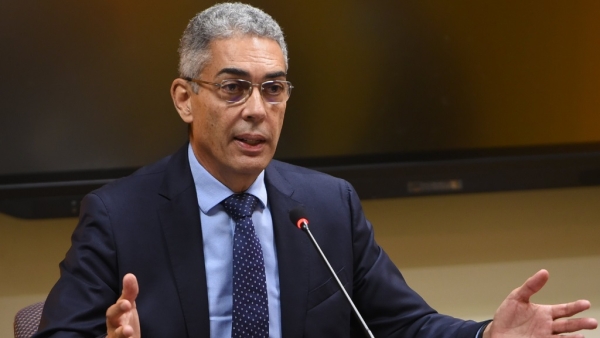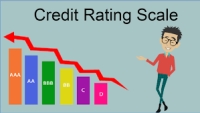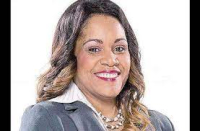This, according to BOJ Governor, Richard Byles, who noted that the economy continued to expand in the October to December 2022 quarter and the January to March 2023 period, to date.
He was speaking at the central bank’s quarterly monetary policy media briefing, at the BOJ Auditorium in downtown Kingston, on Tuesday (February 21).
Byles said, of note, domestic economic activity is estimated to have returned to pre-COVID-19 levels in the December 2022 quarter and is expected to remain above the same “over the forecast horizon”.
“For fiscal year 2022/23, real GDP [gross domestic product] growth is, therefore, projected in the range of four to 5.5 per cent. The bank expects GDP growth will continue to be driven by tourism, agriculture and the resumption of production at the JAMALCO alumina plant [in Clarendon],” the governor added.
He further indicated that growth for fiscal year 2023/24 is projected to “moderate somewhat” as income growth among Jamaica’s main trading partners normalises to pre-COVID rates.
Meanwhile, Byles told journalists that inflation is projected to continue decelerating in 2023.
The rate at January 2023 was 8.1 per cent, according to the Statistical Institute of Jamaica (STATIN). This was below the 9.4 per cent recorded for December 2022.
Byles noted that with less than two months remaining in fiscal year 2022/23, inflation is now on track to fall in the range of 6.75 to 7.25 per cent for the year.
“[The] forecast further envisages that annual inflation will fall within the Bank’s… target range of four to six per cent by December 2023 and remain, generally, at that level over the medium term,” the governor argued.
He pointed out that this outlook is consistent with global consensus forecasts for a decline in commodity and shipping prices.
“It also assumes that inflation expectations will continue to decline, and it takes into account the bank’s overall monetary policy stance,” Byles added.
The Monetary Policy Committee (MPC) also decided to hold the policy interest rate at seven per cent, maintain its posture in the money market, and continue ensuring relative stability in the foreign exchange market.
Additionally, Byles said the MPC is continuing its review of the monetary transmission mechanism, with the objective of ensuring that the policy achieves the desired impact on inflation.
The governor indicated that the inflation forecast also includes increases in some regulated prices, such as transportation fares and minimum wages, and assumes that “there will be no new shocks”.
Byles said the overall outlook at this juncture “is looking, perhaps, more optimistic… and [presents] more of an optimistic future than others, [as] the inflation tendencies are heading down [and] growth is good”.
“So, I think that we are at an important and positive time, and… should mark an important, perhaps, turning point where we can decisively head back into that inflation [target range] corridor,” he added.
While acknowledging that Jamaica still has risks “that are outside of our control”. such as the ongoing Russia-Ukraine conflict and the impact on commodity prices, Mr. Byles emphasised that there are others “that are within our control”.
“We’re really determined to manage that, and the increase in the [Cash Reserve Requirements] CRR is precisely an effort to do that,” he said.
The bank’s MPC, on Monday (February 20), announced that the domestic and foreign CRR, applicable to deposit-taking institutions (DTIs), will increase by one per cent, effective April 1, 2023.
This will see the domestic currency CRR increase to six per cent and the foreign currency equivalent rise to 14 per cent.
Reserve requirements are central bank regulations, which set the minimum sum that a commercial bank must hold in liquid assets.
“So, let’s see how that works out and let’s see what the incoming data looks like, to measure whether we are, indeed, being successful,” Byles said.





